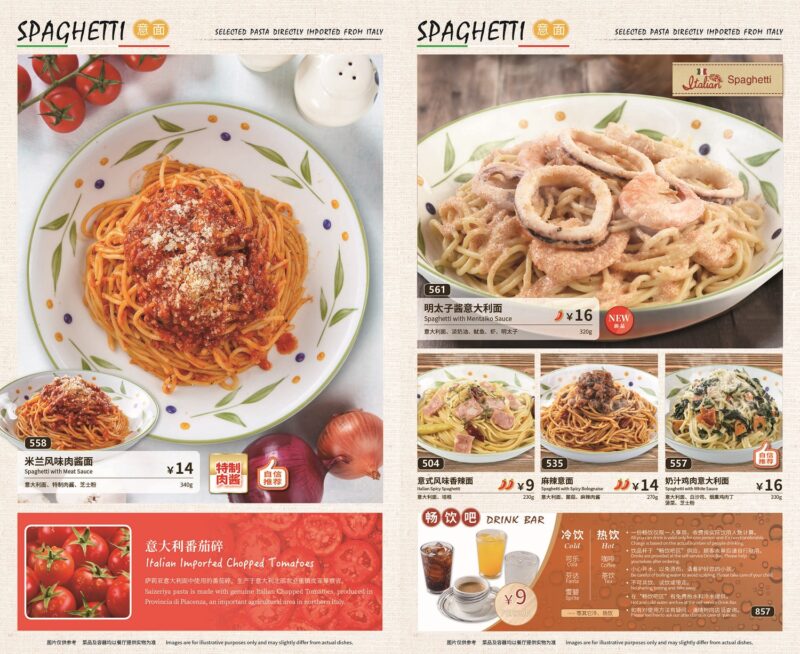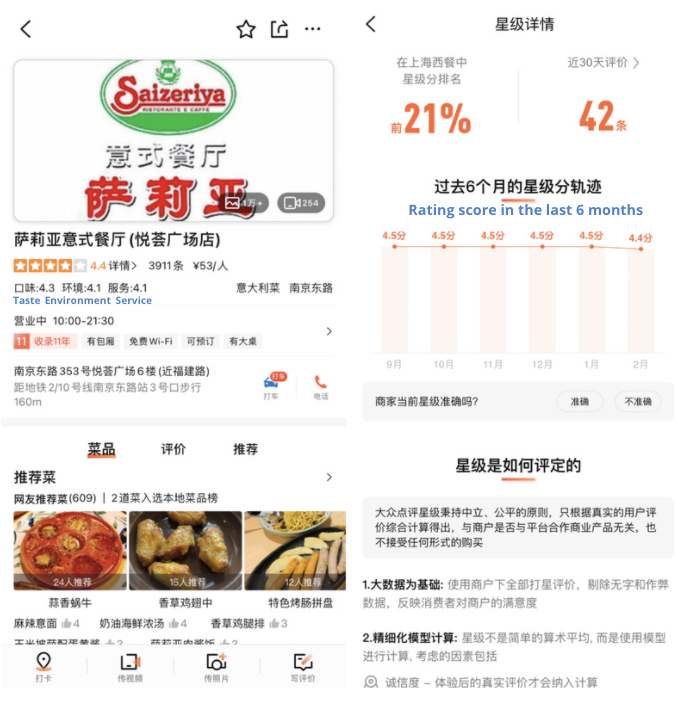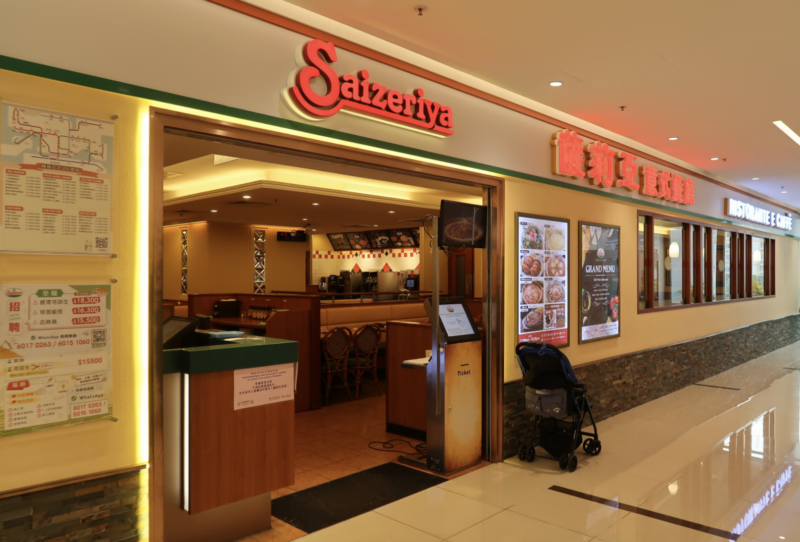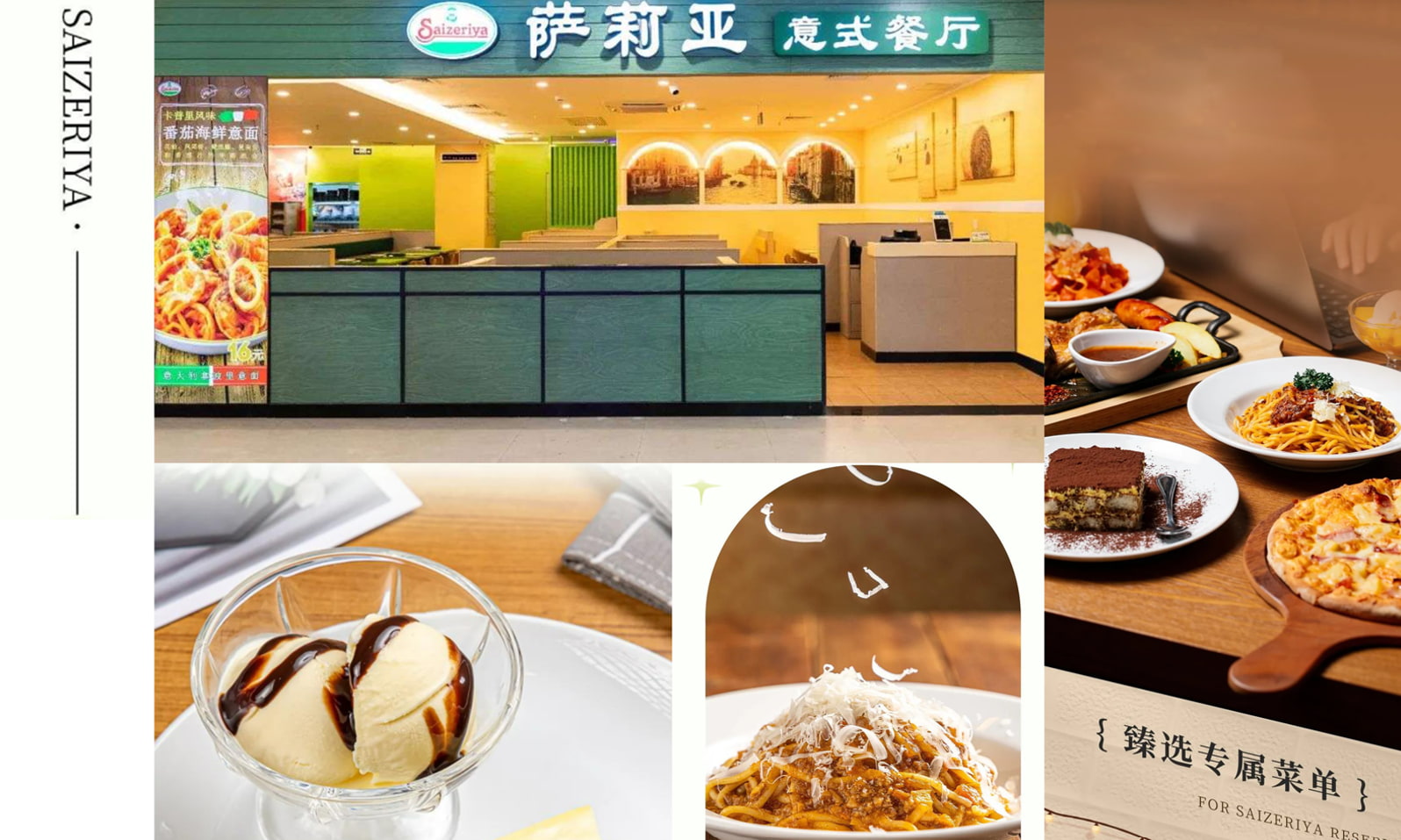It has been roughly twenty years since the opening of Saizeriya’s (萨莉亚) very first restaurant in Shanghai in June 2003. By the end of 2021, the Japanese franchise has grown to a total number of over 1,553 outlets across the globe and more than 362 outlets in Mainland China, making it one of the most popular and affordable restaurants in China. Started as a small restaurant with only 36 seats in Japan, Saizeriya’s business was struggling in the beginning. In 1968, the founder Yasuhiko Shogaki (正垣泰彦) made a turn to specialize in Italian cuisine, as it was getting increasingly popular in Japan. However, the business did not really take off until Yasuhiko Shogaki decided to cut prices down by 70% .
Although Italian restaurants tend to amaze people with their fancy and expensive dishes, in Saizeriya, customers can enjoy a proper Italian meal at a fairly affordable price. The concept of affordability is running in the DNA of the company. The price of Saizeriya’s spaghetti with meat sauce is just 14 RMB in China. In addition, for only 9 RMB, customers can enjoy unlimited refills on their drinks.

Quality can be affordable
Such cheap dining options do not always mean low consumer satisfaction. According to Dian Ping (大众点评), the “Chinese Yelp,” the average score for Saizeriya’s store at Shanghai’s East Nanjing Road for its 3,911 reviews was 4.4 stars (out of five) as of March 13th 2022, which was in the top 21% among Western style restaurants in Shanghai. Hence, people are usually quite satisfied with their dining experience at Saizeriya, in terms of its pricing, food quality, and service. Therefore, it is fair to say that Saizeriya managed to achieve a balance between quality and affordability. So, what is the secret behind Saizeriya’s success in China? And more importantly, what makes Saizeriya so cheap?

Central kitchens: The key to scaling up
Saizeriya has adopted the use of central kitchens, which refers to common space used to store cooking materials and prepare meals for a restaurant outlets. Having centralized kitchens provides many benefits for Saizeriya. Indeed, purchasing and processing food ingredients in bulk cut down costs while increasing efficiency. Furthermore, a central kitchen setup implies having space for more seats in the restaurant. Usually, a kitchen takes up approximately 25% to 35% of the space of a Western style restaurant. Space saved could be used to accommodate more diners and generate more revenue for the restaurant.
Moreover, without having to worry about kitchen space, Saizeriya enjoys a greater room of maneuver when it comes to site selection. Saizeriya restaurants in China are usually hidden in the back corner on the second or third floor in a shopping mall where renting is cheaper. Since Saizeriya is not rigid about the decoration of the outlets, some franchisees saved a lot of decoration costs from taking over stores their competitors shut down along with all the facilities left. Therefore, Saizeriya restaurants are varied from store to store.
Despite all the benefits central kitchen can bring, there are certain limitations to the model as well. For instance, the initial cost of building a central kitchen and establishing a standard operating procedure for the model to function needs to be taken into consideration if the scale of the company is not large enough. However, a big enterprise like Saizeriya could enjoy the cost advantages due to the economies of scale. Today, many well-known brands are taking advantages of the operating model of central kitchens as well, including Chick-fil-A, Wendy’s, etc.

Saizeriya’s global supply chain
To make sure its food is both delicious and cheap, Saizeriya has built its own vertically integrated global supply chain which manages from sourcing to delivery both domestically and internationally. In 2001, Saizeriya set up a factory in Australia where they grow their own vegetables and produce fresh beef for their signature products like “the white sauce (白沙司)” for doria and gratin dishes. On top of that, Saizeriya also imports Mira extra virgin olive oil directly from Italy. Therefore, Saizeriya’s global supply chain provides diners with a great variety of tasty or even unique food options at an affordable price. Outside of Japan and China, Saizeriya’s business is very successful in countries like Singapore as well.
Embrace changes amid the pandemic
Although the total sales of Saizeriya in 2020 decreased by 19 % compared to the previous fiscal year due to the impact of Covid-19, net sales last year were 126,513 million Japanese yen, which was almost the same as 2020. In response to the changes in consumer behaviors, Saizeriya has taken several measures aimed at boosting sales amid the pandemic. For instance, a new brand called Milano Shokudo which emphasizes the concept of light dinner will be developed. In addition, Saizeriya has also been developing new sales channels for takeout and more delivery options. Known for its capability of making profits under harsh economic conditions, Saizeriya expects to record an increase of 18% in net sales this year.
Takeaways from Saizeriya’s expansion in China
- By adopting a centralized kitchen setup, Saizeriya was able to cut costs without compromising the quality and the flavor of the food.
- Building up a vertically integrated supply chain, along with establishing ties with reliable suppliers, was at the core of Saizeriya’s global expansion.
- The Japanese franchise managed to transform challenges into opportunities for new attempts on different of serving and selling food.





